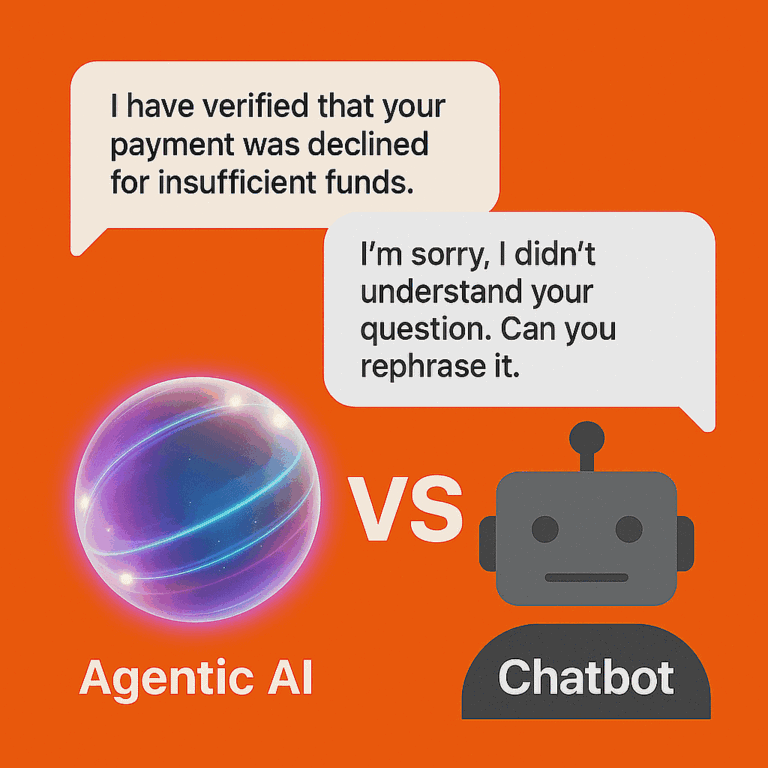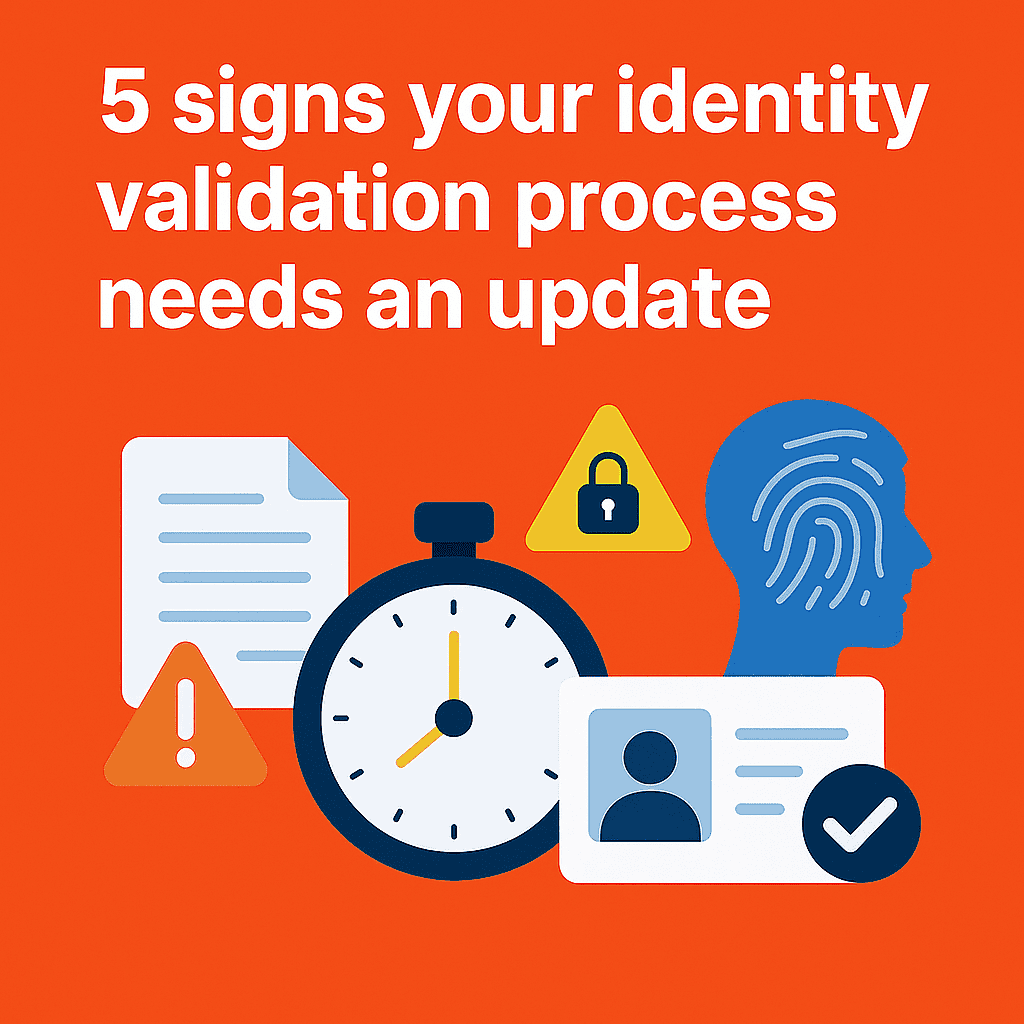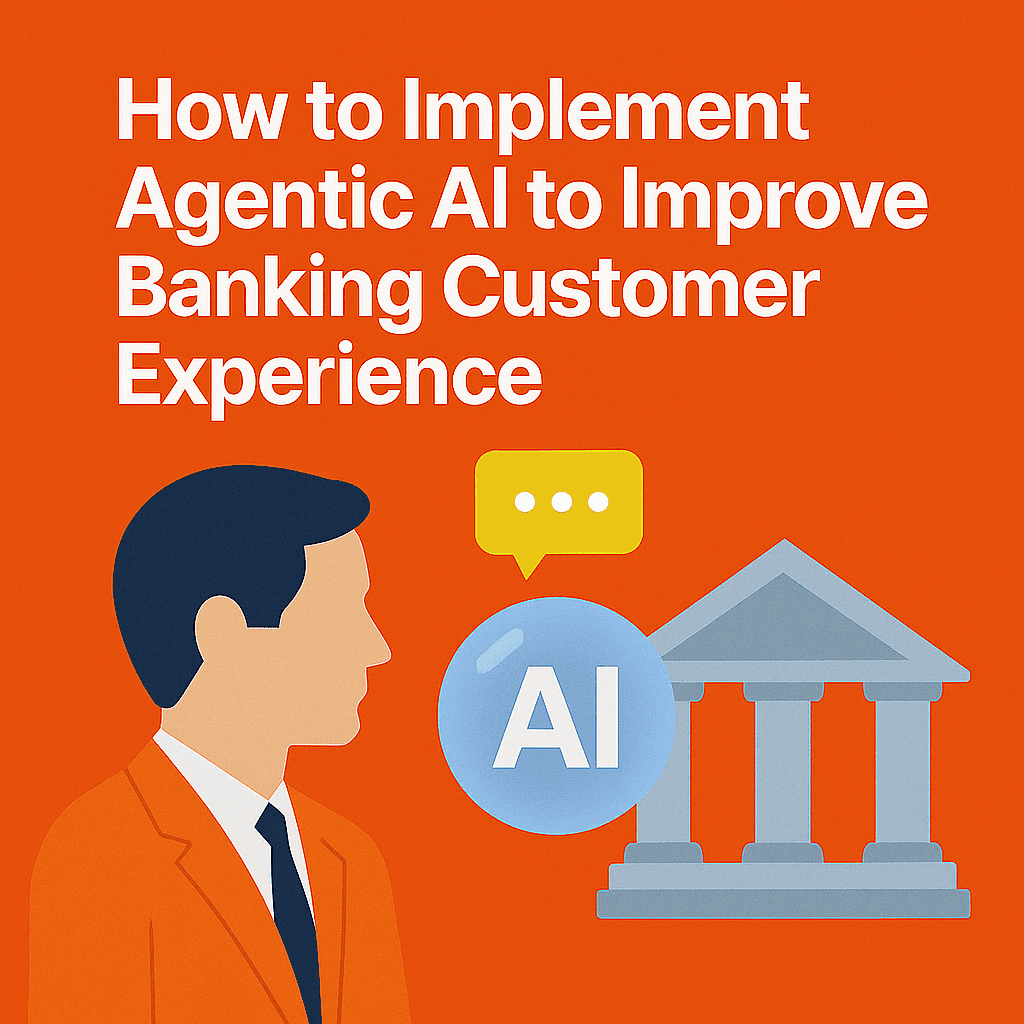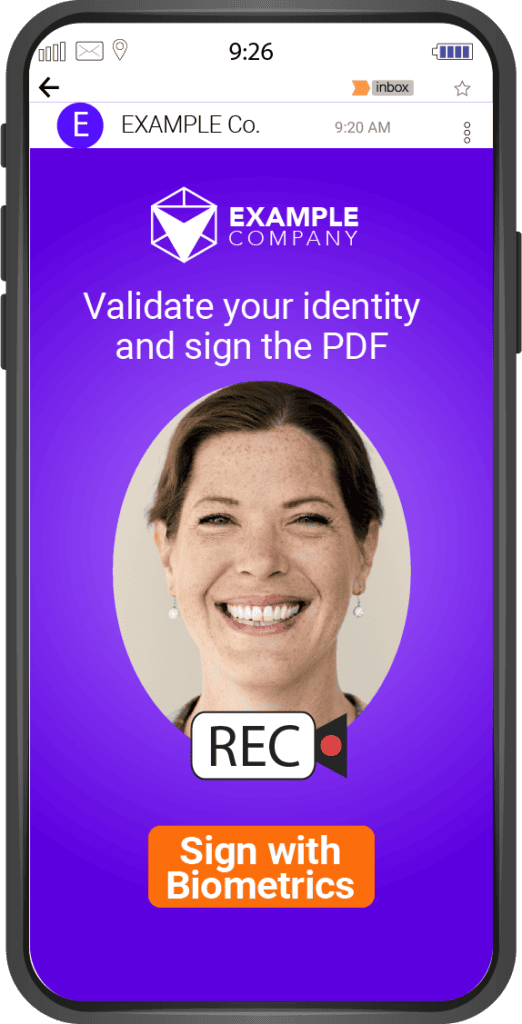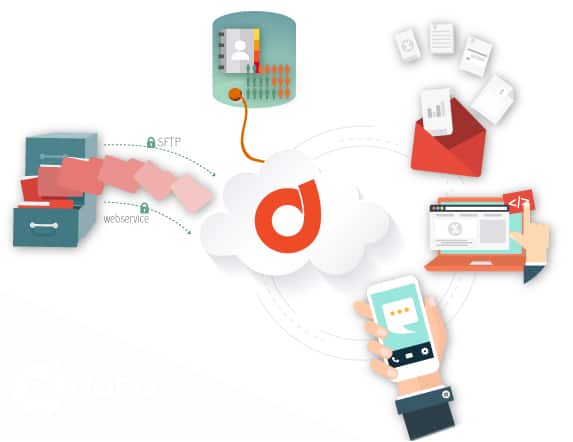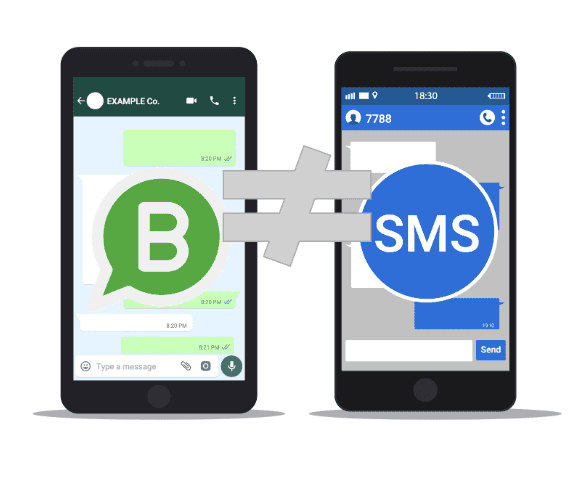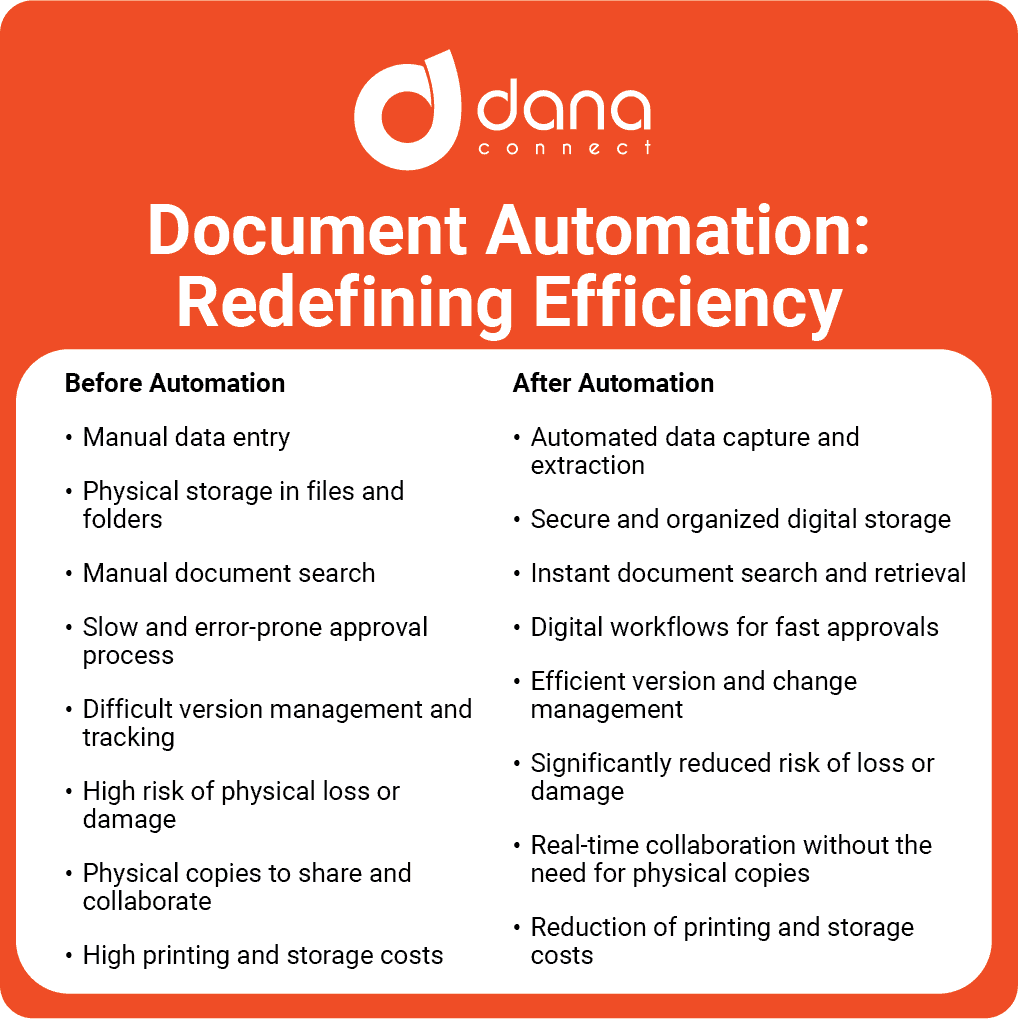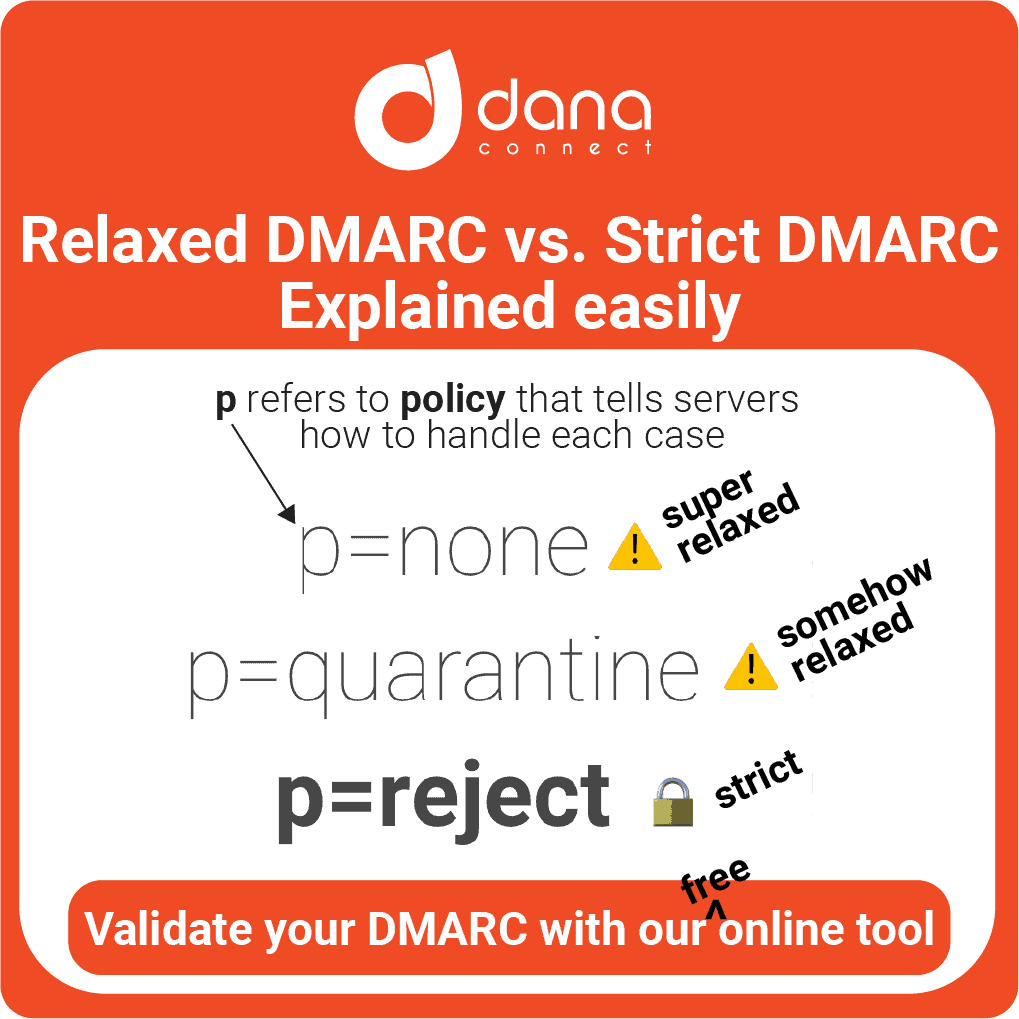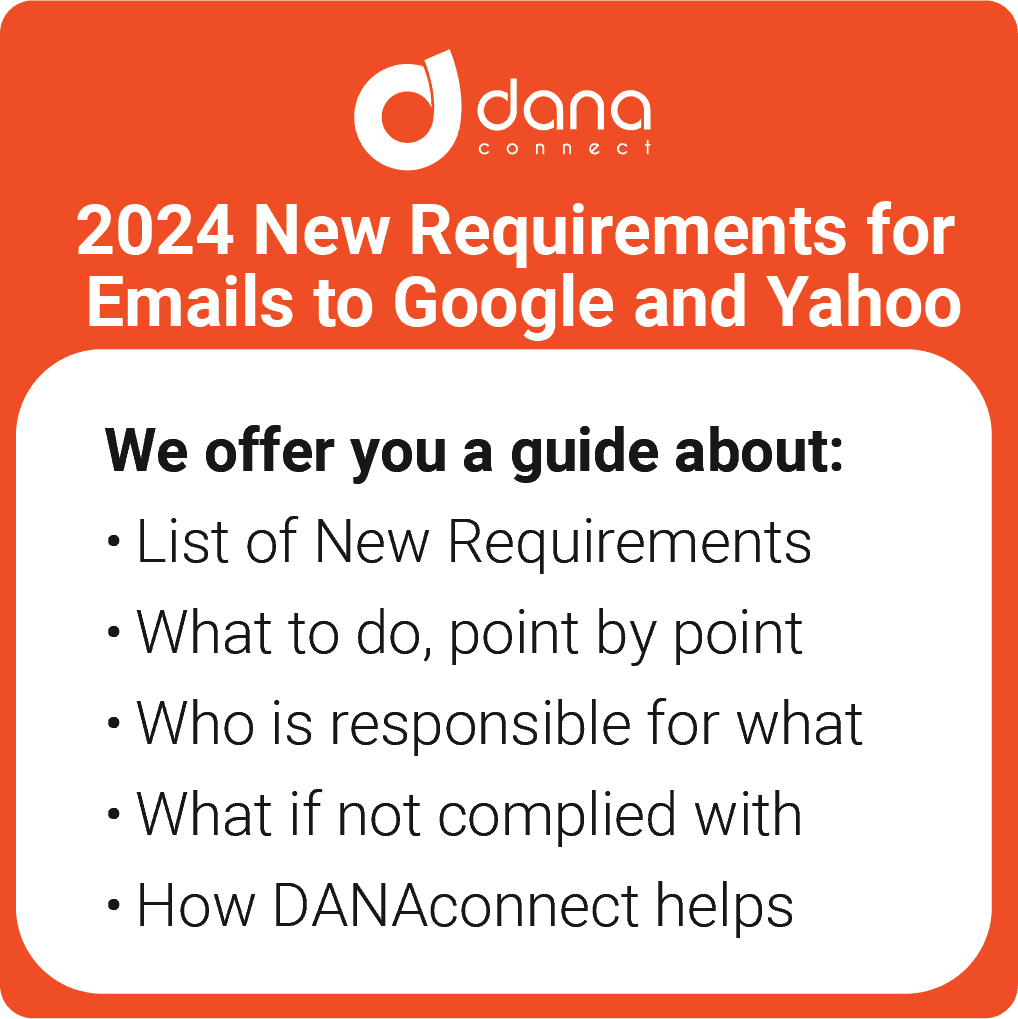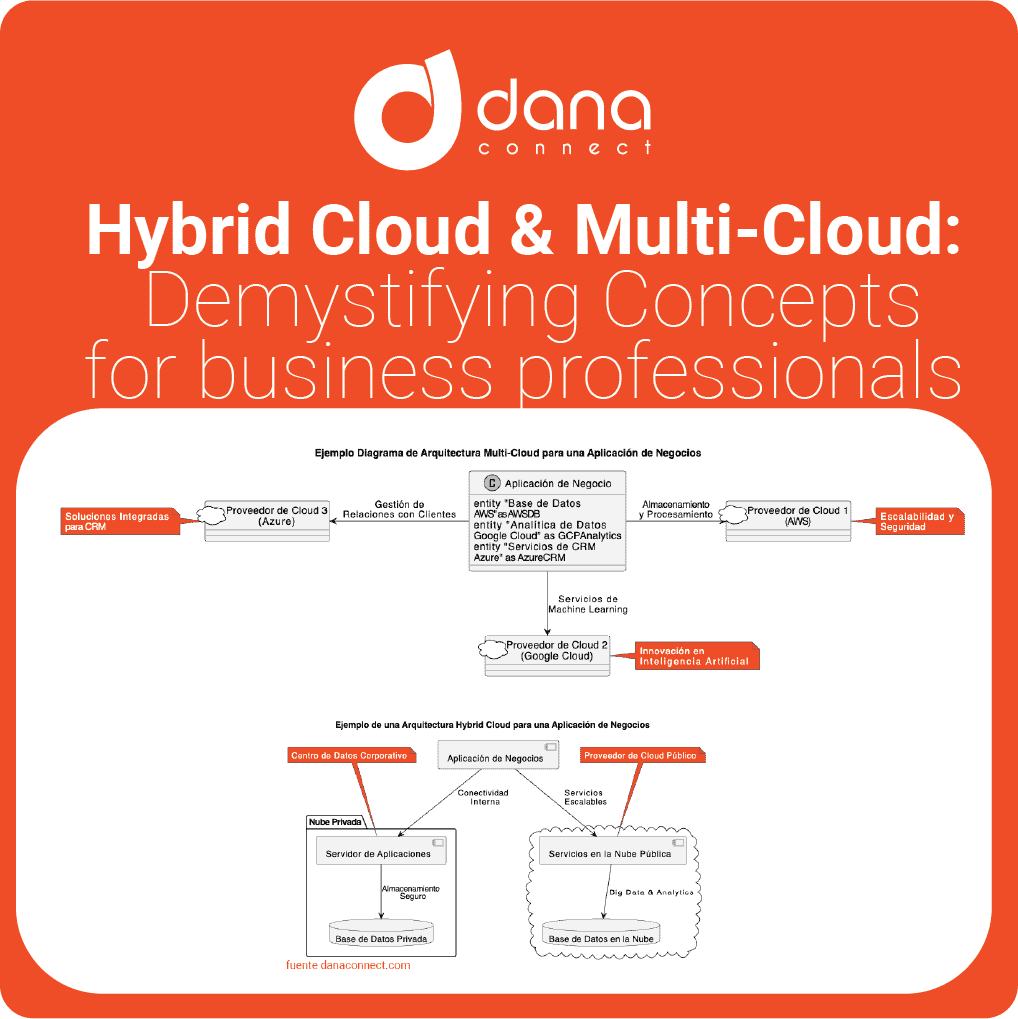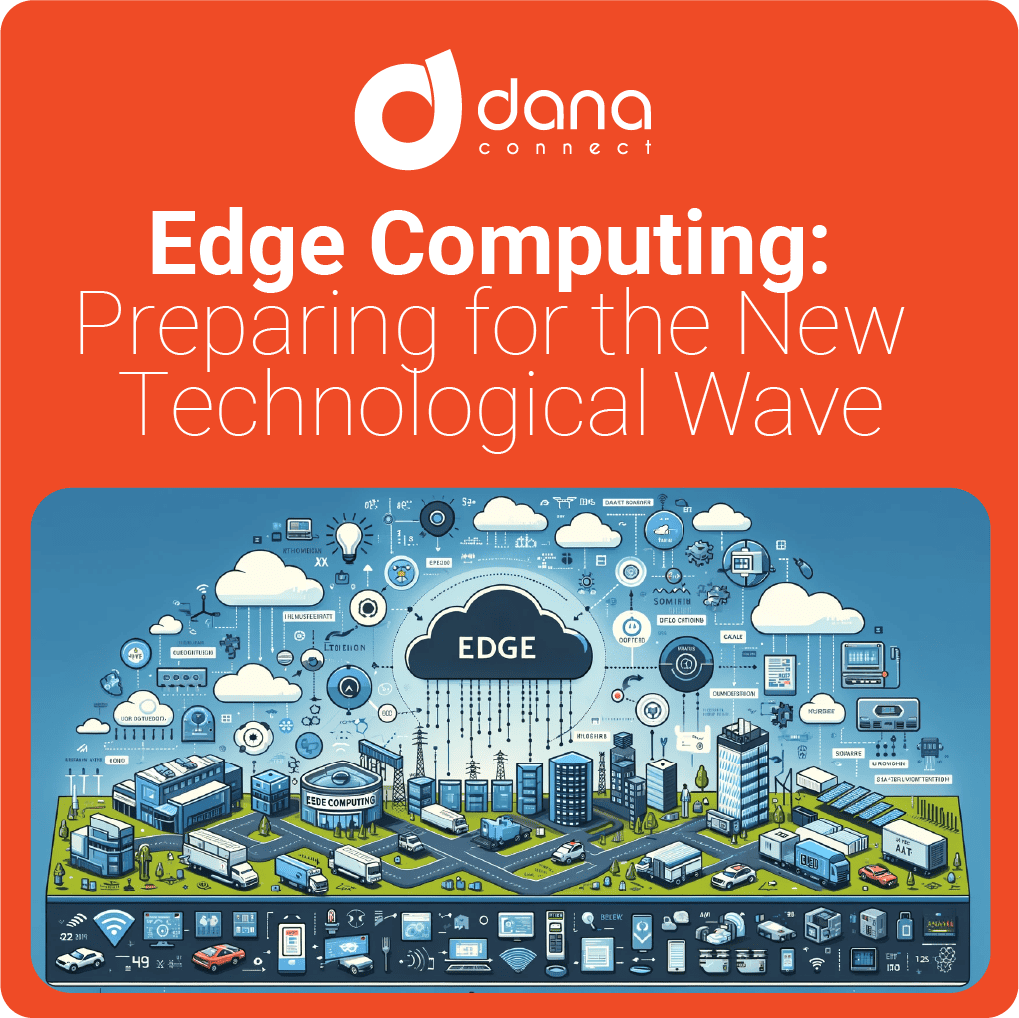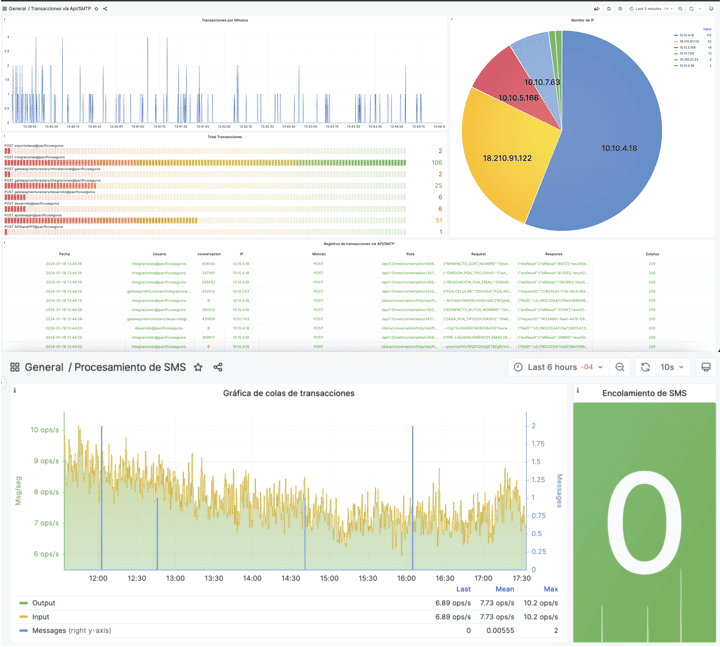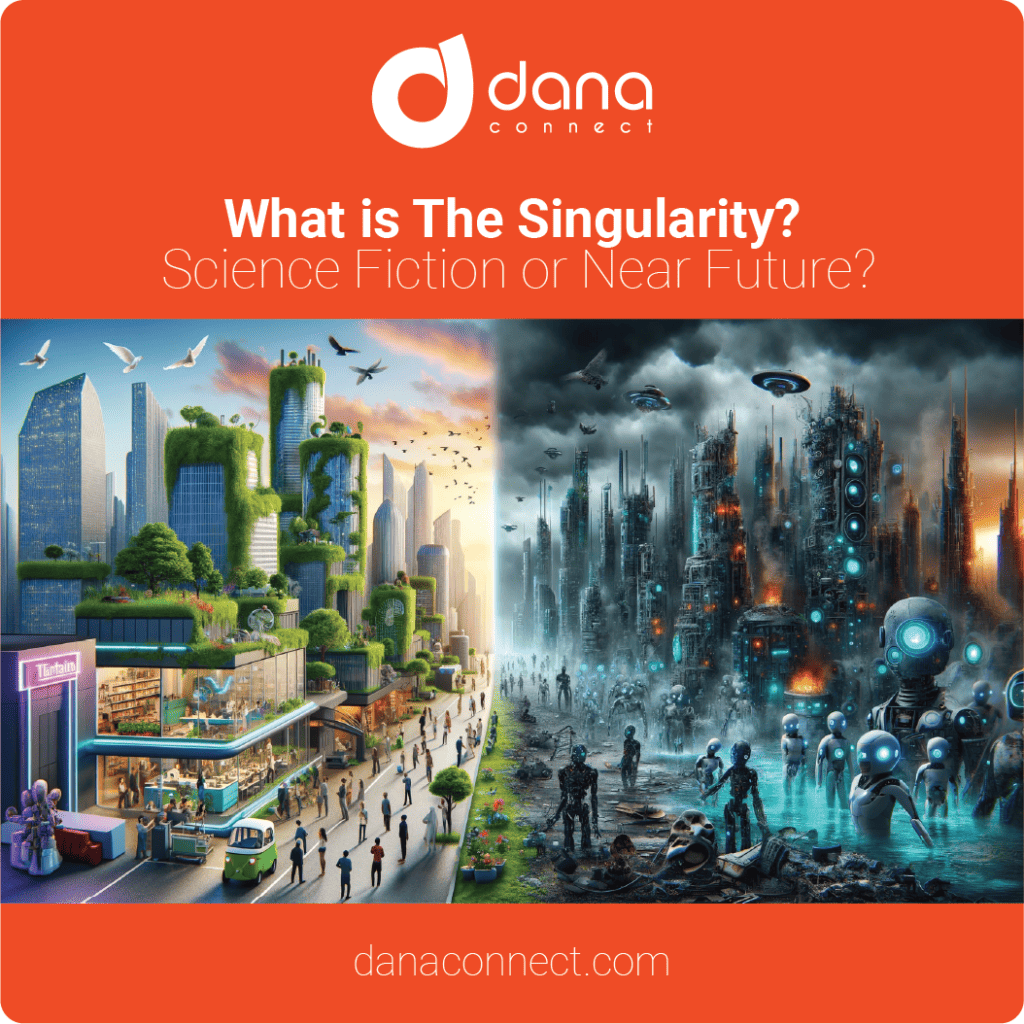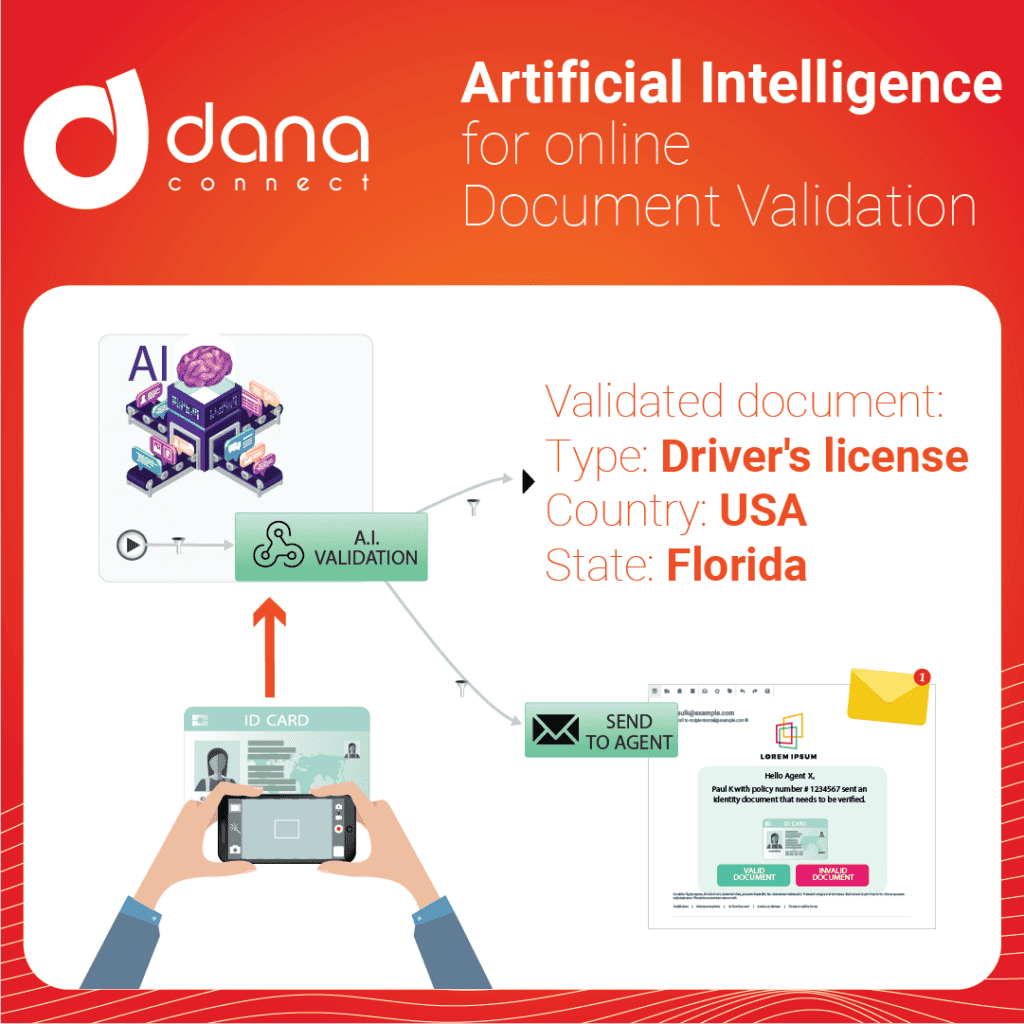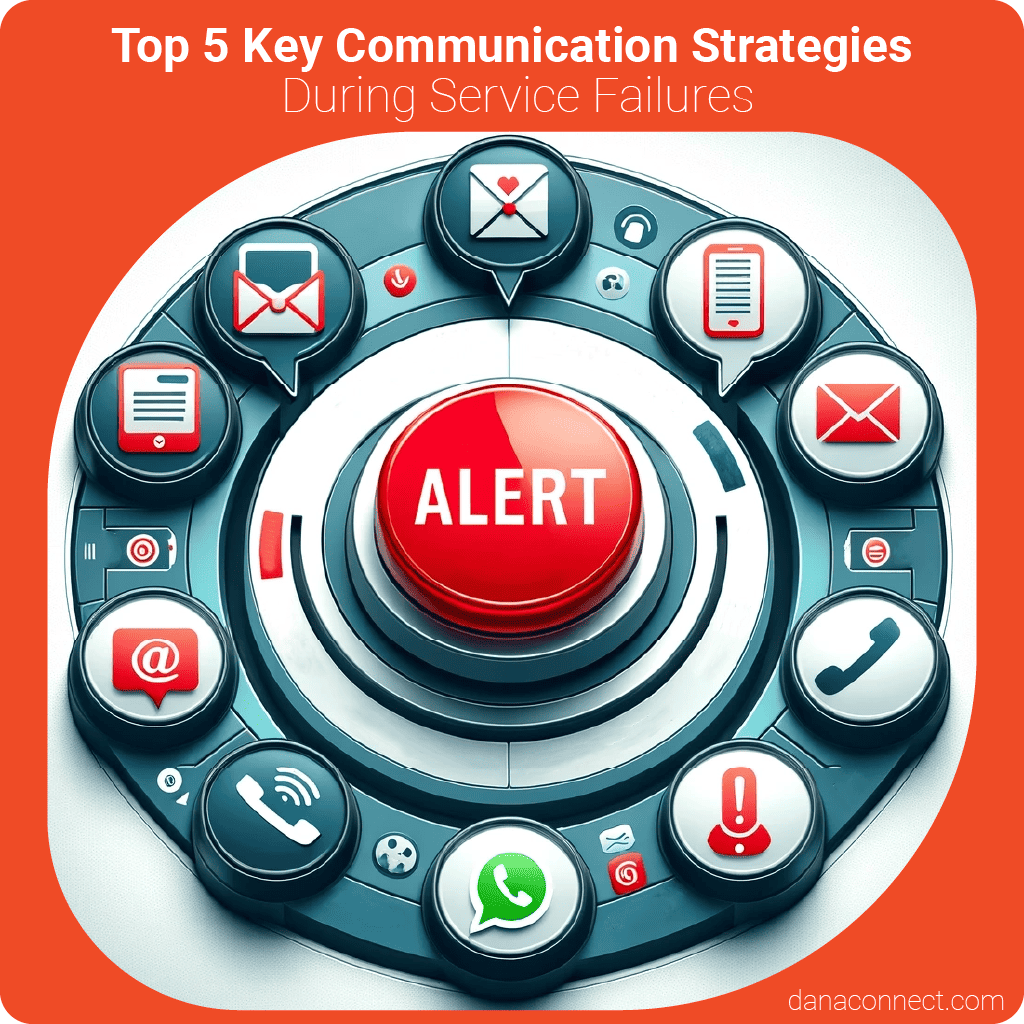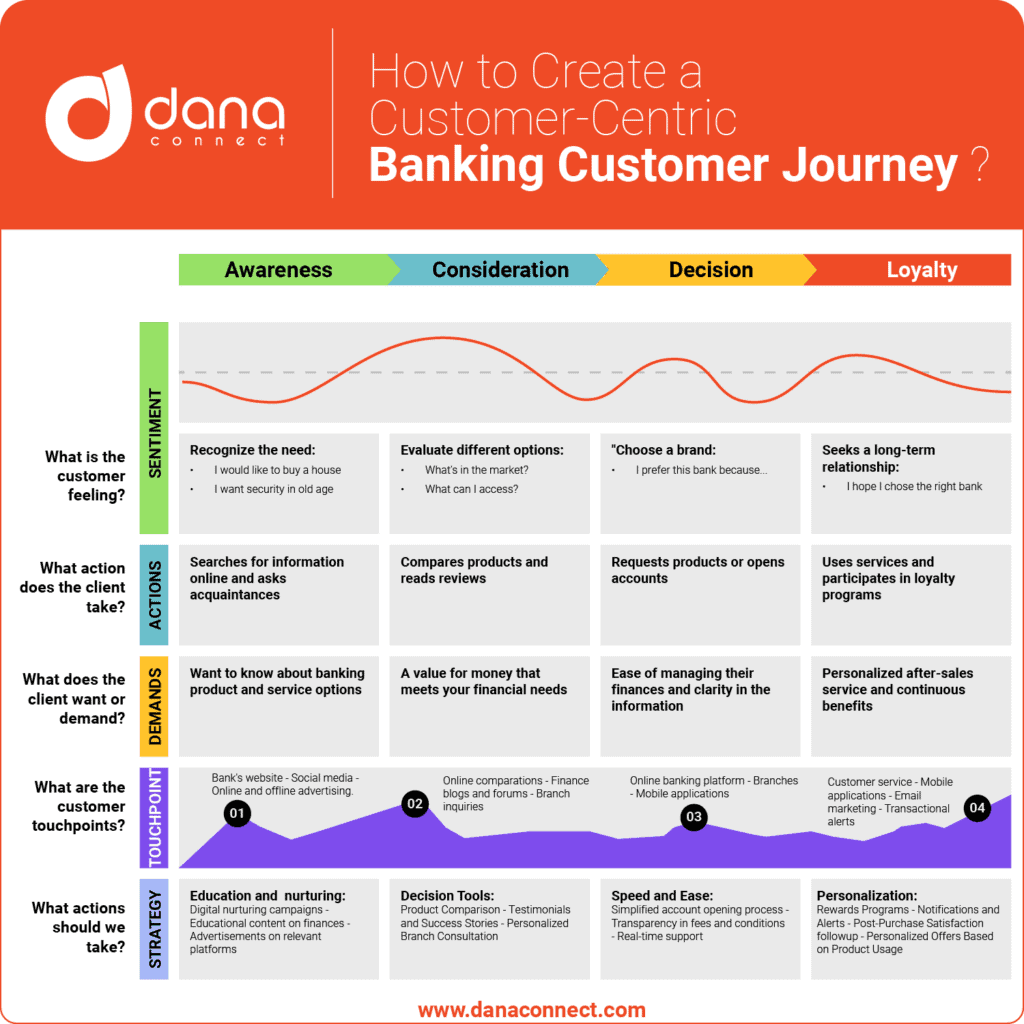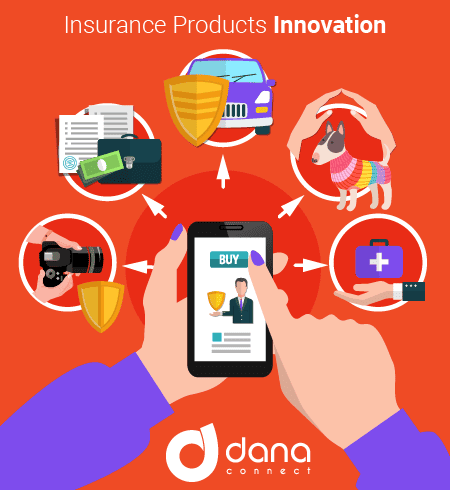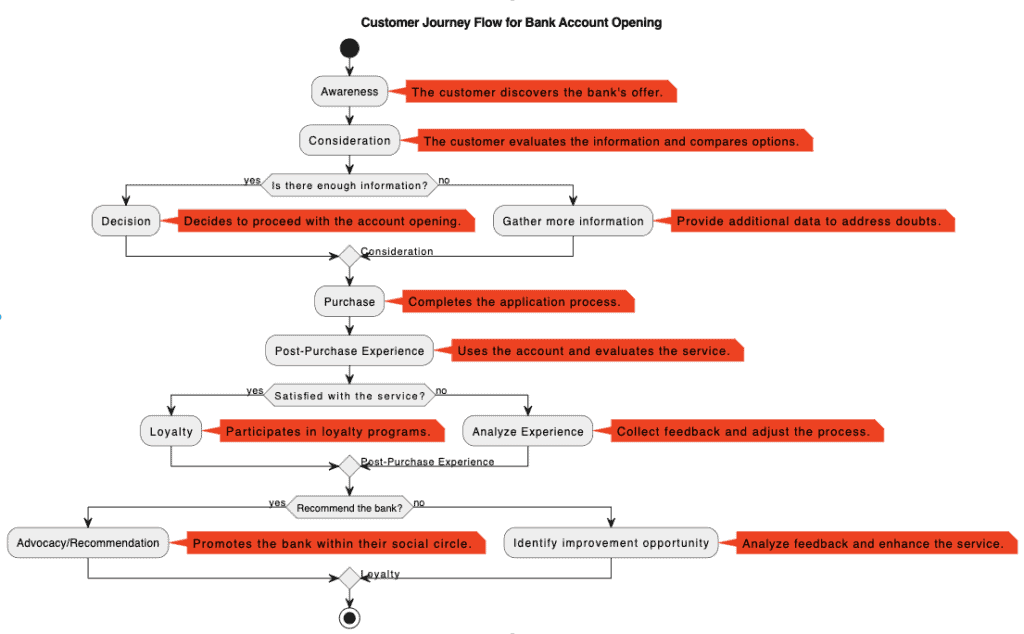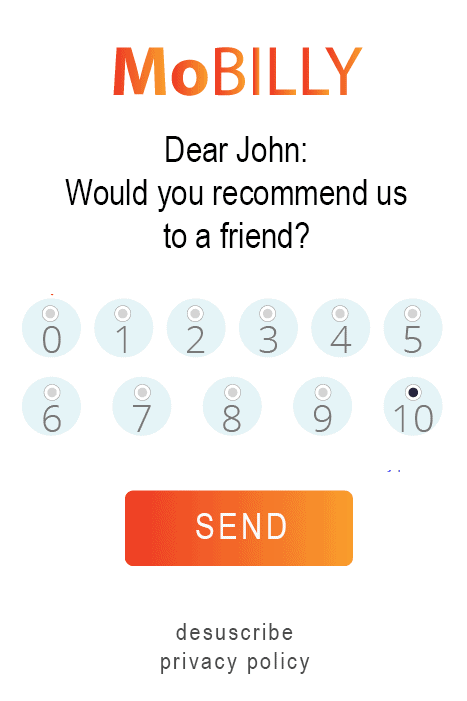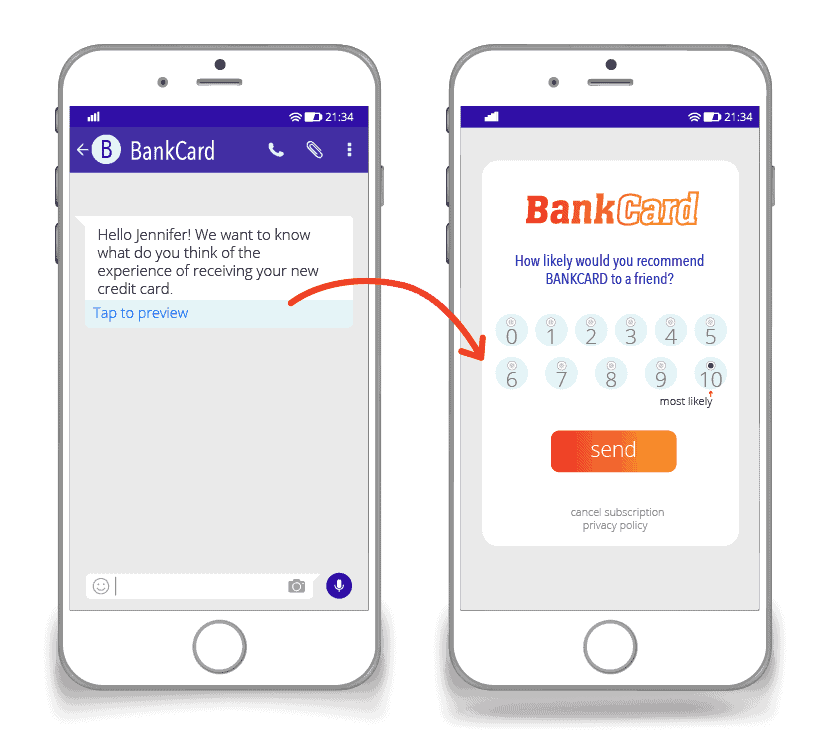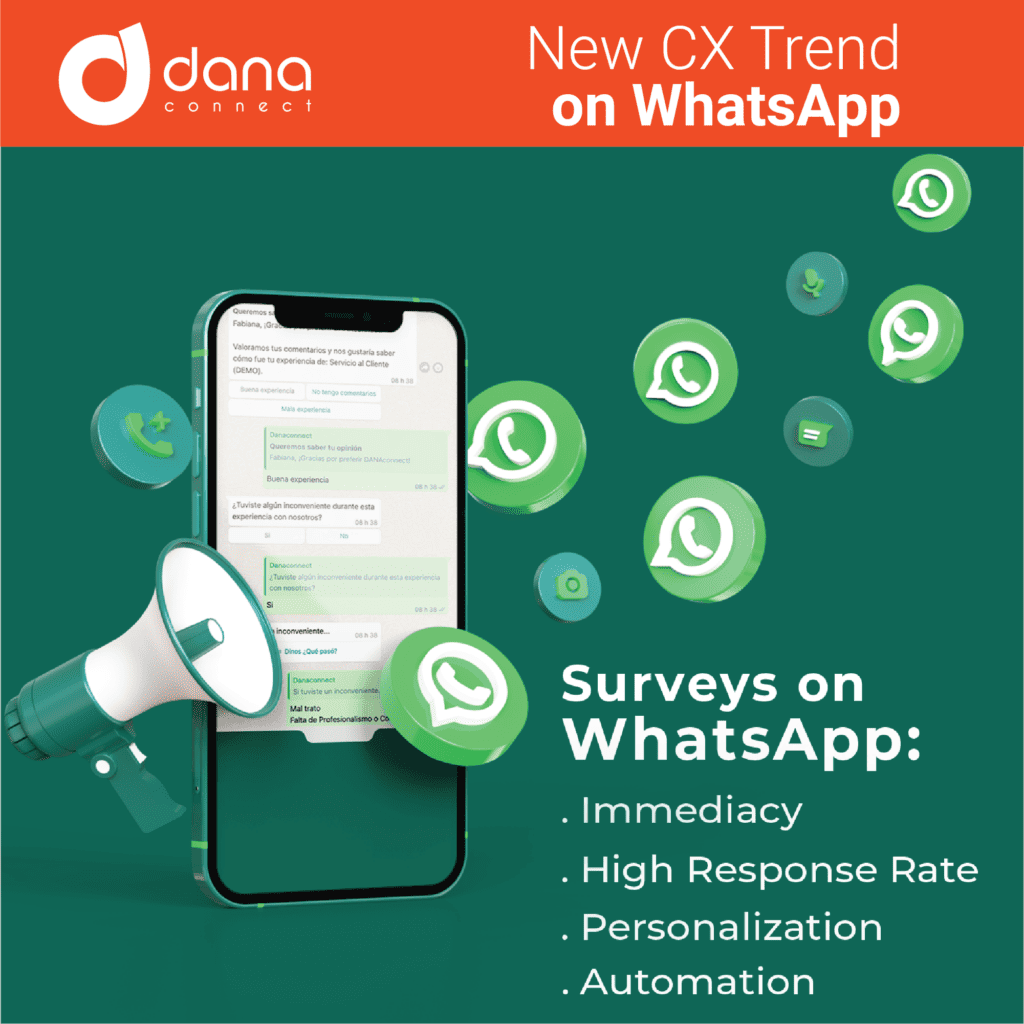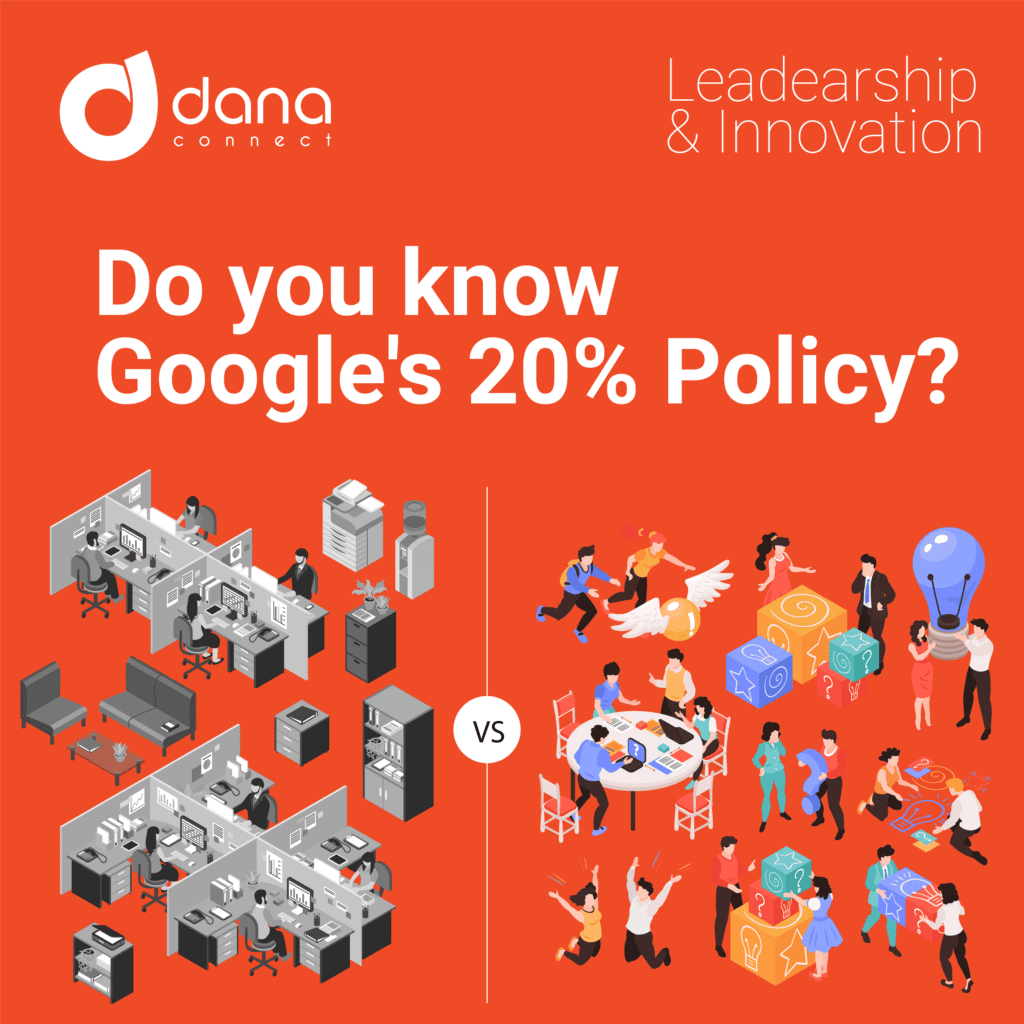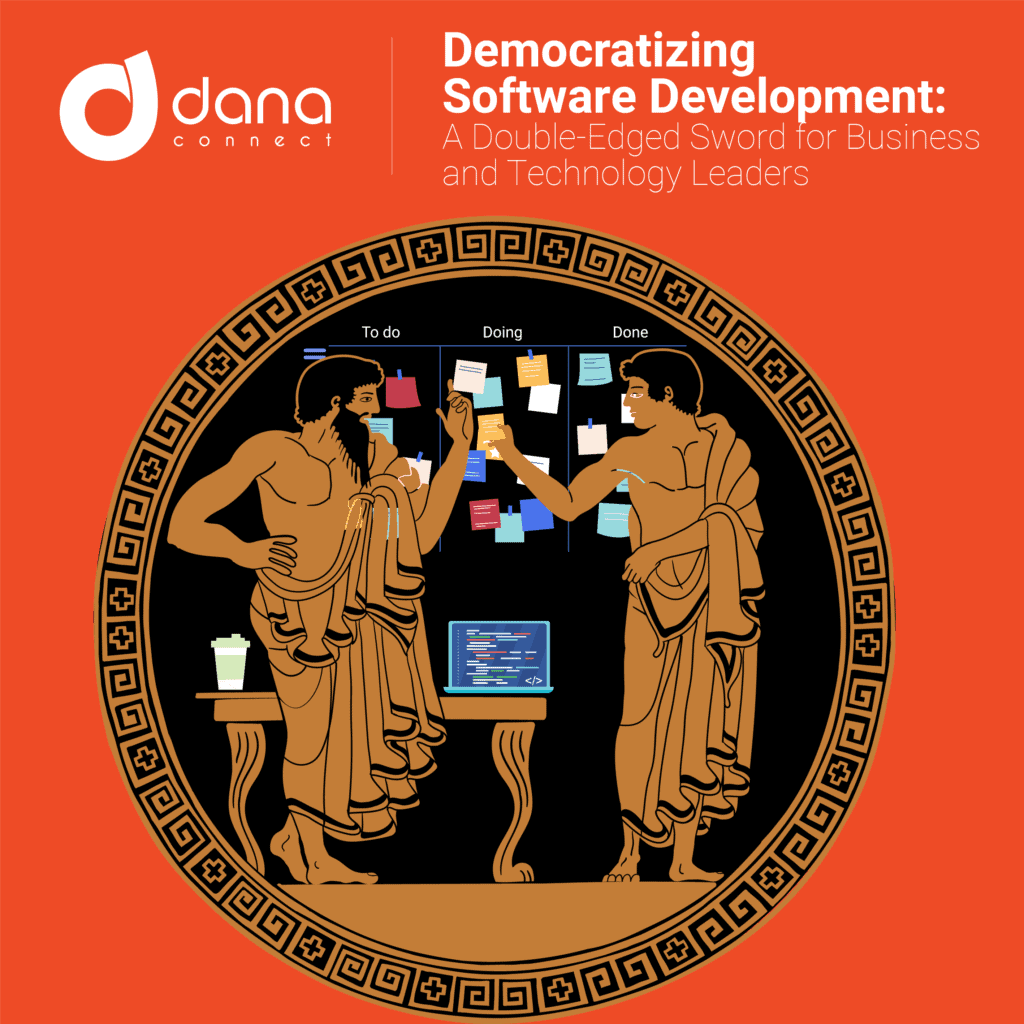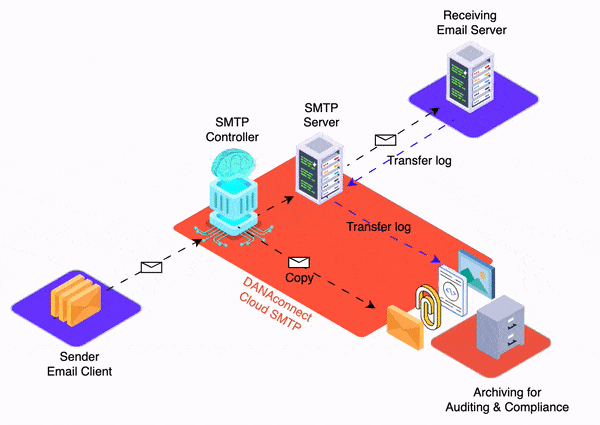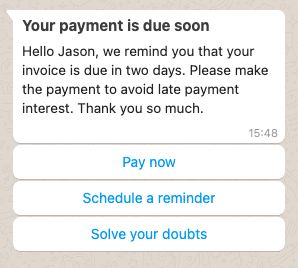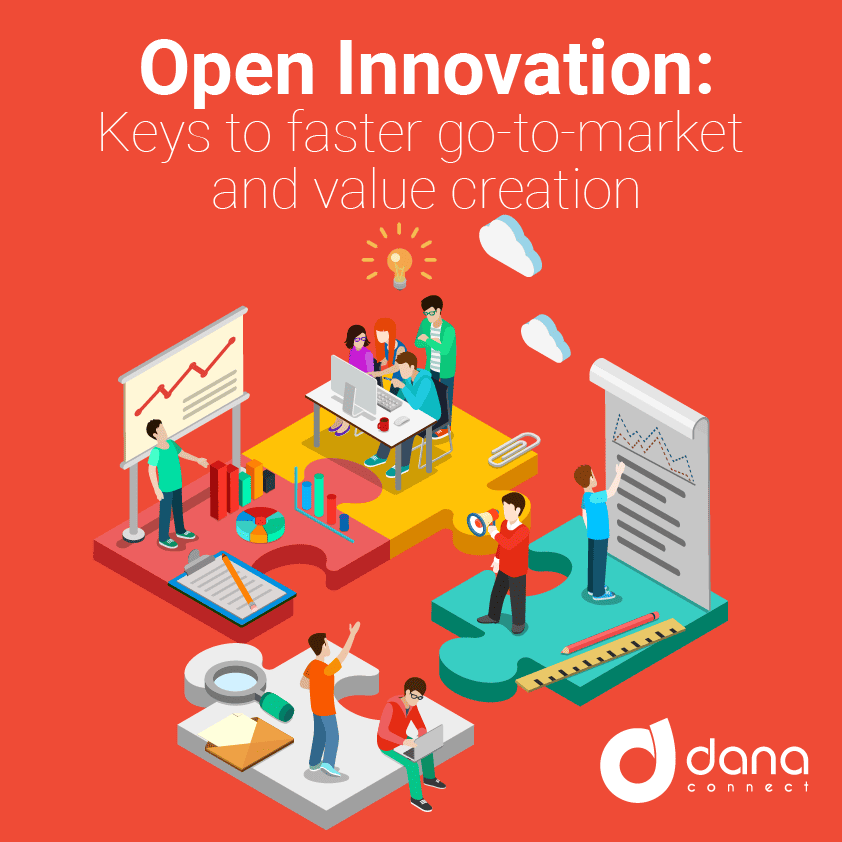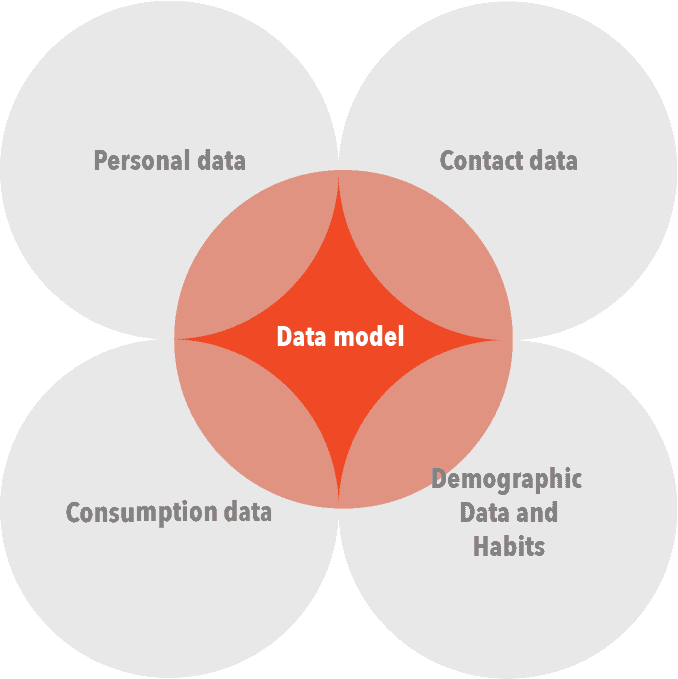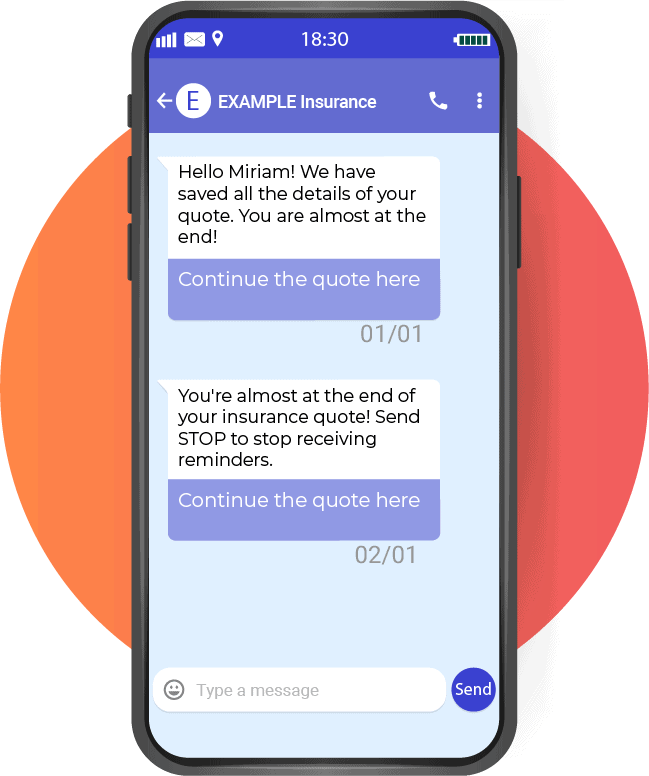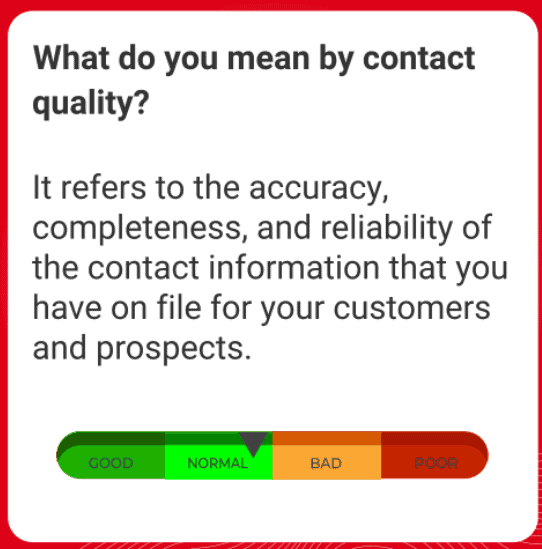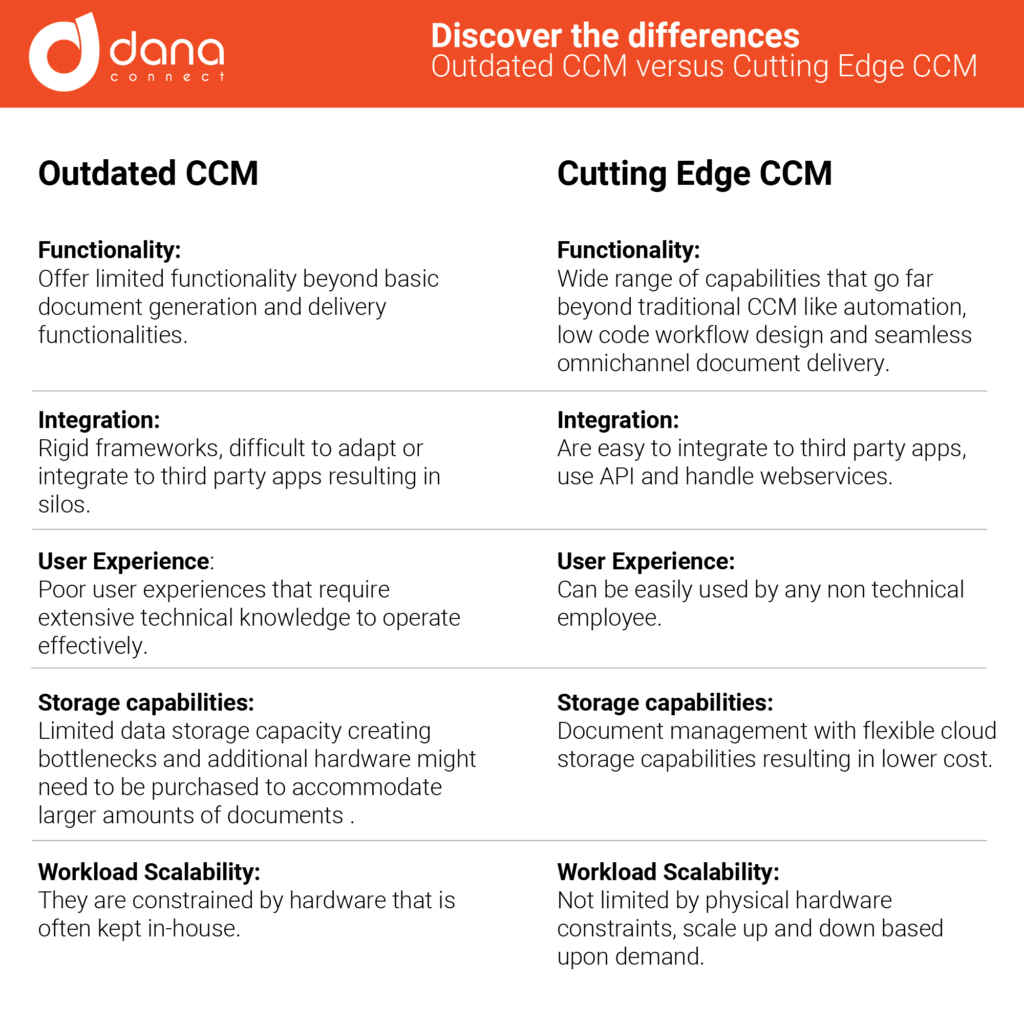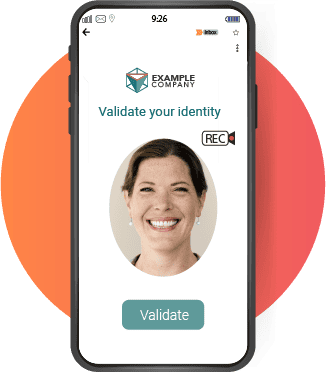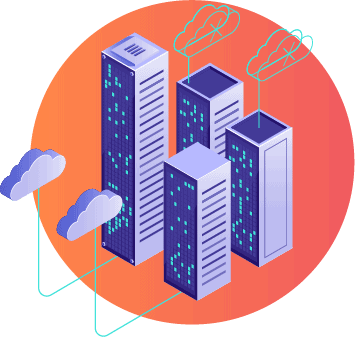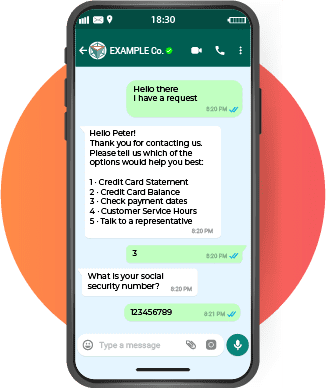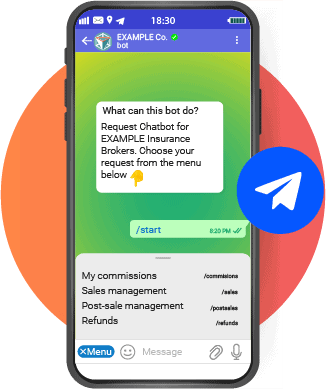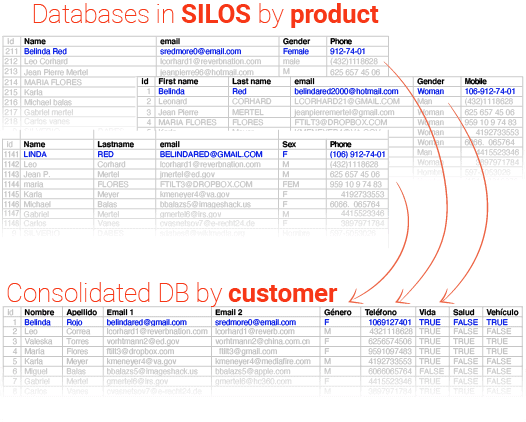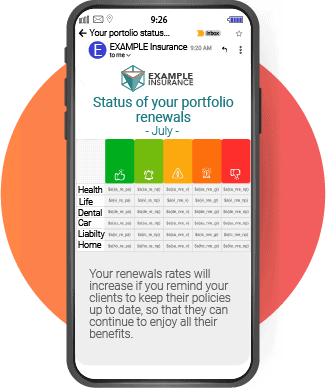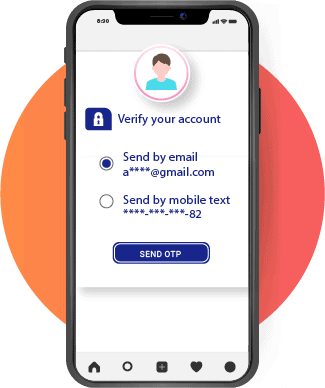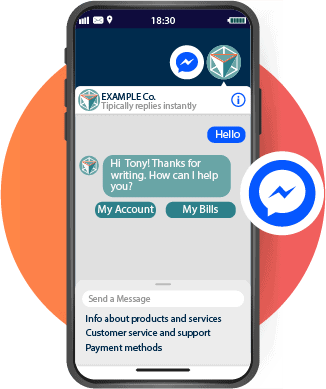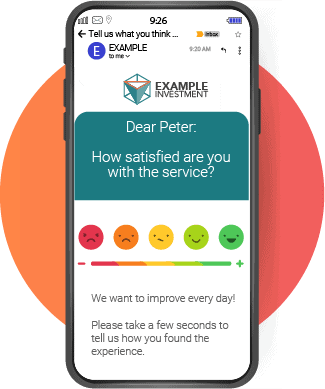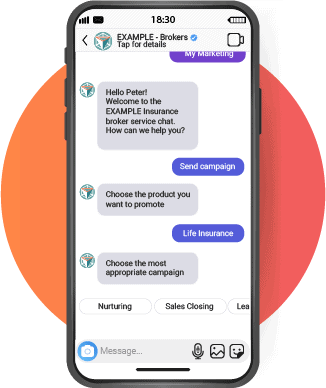As artificial intelligence becomes increasingly sophisticated, traditional chatbots are being overtaken by a new generation of intelligent agents known as Chatbots with Agentic AI. While they may look similar at first glance, the differences run deep and have a direct impact on customer experience, operational efficiency, and personalization capabilities.
In this article, we explain the key differences and when it makes sense to adopt each type.
1. Level of Autonomy and Proactivity
Traditional Chatbots:
-
Operate based on predefined flows (decision trees).
-
Require the user to initiate the conversation.
-
Cannot make decisions on their own.
Agentic AI Chatbots:
-
Can plan and execute complex tasks.
-
Anticipate user needs and act without being prompted.
-
Interact autonomously with other systems.
Example:
A traditional chatbot asks, “How can I help you?”
An agentic chatbot says, “We noticed your credit card is about to expire. We’re generating a new one to be sent to your registered address. Is that okay?”
2. Integration and Action Capabilities
Traditional Chatbots:
-
Limited to simple queries or manually integrated tasks.
-
Cannot perform complex actions without human intervention.
Agentic AI Chatbots:
-
Connect with APIs, CRMs, banking cores, and internal systems.
-
Can perform tasks like opening accounts, blocking products, generating reports, or escalating cases.
Advantage:
They become a point of action, not just a source of information.
3. Context Awareness and Understanding
Traditional Chatbots:
-
Rely on keywords or exact phrases.
-
Lose track if the user changes the topic or phrasing.
Agentic AI Chatbots:
-
Use large language models (LLMs) to understand intent, context, and variations.
-
Retain conversation history and adapt in real time.
Result:
Natural conversations that feel more human.
4. Evolution and Learning
Traditional Chatbots:
-
Require manual updates to add new functions or responses.
-
Do not learn from real interactions.
Agentic AI Chatbots:
-
Improve through supervised training.
-
Learn from past interactions, refine responses, and prioritize what matters most to each user.
Impact:
They evolve continuously without being fully dependent on development teams.
5. Customer Experience
Traditional Chatbots:
-
Can be frustrating if the user strays from the expected path.
-
Often end up escalating to a call center.
Agentic AI Chatbots:
-
Deliver a smooth, personalized, and high-resolution experience from the first interaction.
-
Act as true digital assistants.
When to Use Agentic AI vs. Traditional Chatbots
Traditional Chatbots:
-
Suitable for simple, repetitive, and low-risk tasks.
-
Require lower initial investment.
-
Quick to deploy on limited channels.
Agentic AI Chatbots:
-
Ideal for institutions seeking to scale customer service without compromising quality.
-
Best suited for integration into automated workflows, complex processes, and omnichannel environments.
Conclusion
The evolution from traditional chatbots to Agentic AI represents a paradigm shift—from reactive assistants to proactive agents with decision-making and learning capabilities.
At DANAconnect, we help financial institutions implement intelligent agents that integrate seamlessly with their systems and deliver tangible improvements in customer experience.
Request a demo and discover the difference between a bot that simply answers and a agent that truly solves.

